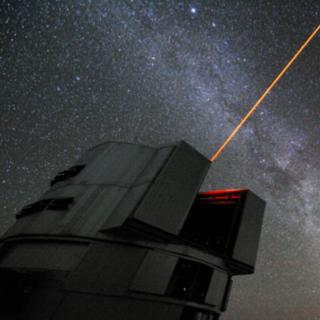Bibcode
Martin, Nicolas F.; Ibata, Rodrigo A.; Starkenburg, Else; Yuan, Zhen; Malhan, Khyati; Bellazzini, Michele; Viswanathan, Akshara; Aguado, David; Arentsen, Anke; Bonifacio, Piercarlo; Carlberg, Ray; González Hernández, Jonay I.; Hill, Vanessa; Jablonka, Pascale; Kordopatis, Georges; Lardo, Carmela; McConnachie, Alan W.; Navarro, Julio; Sánchez-Janssen, Rubén; Sestito, Federico; Thomas, Guillaume F.; Venn, Kim A.; Vitali, Sara; Voggel, Karina T.
Referencia bibliográfica
Monthly Notices of the Royal Astronomical Society
Fecha de publicación:
11
2022
Número de citas
46
Número de citas referidas
41
Descripción
We use the photometric metallicities provided by the panoramic Pristine survey to study the veracity and derive the metallicities of the numerous stellar streams found by the application of the STREAMFINDER algorithm to the Gaia Early Data Release 3 data. All 26 streams present in Pristine show a clear metallicity distribution function, which provides an independent check of the reality of these structures, supporting the reliability of STREAMFINDER in finding streams and the power of Pristine to measure precise metallicities. We further present six candidate structures with coherent phase-space and metallicity signals that are very likely streams. The majority of studied streams are very metal-poor (14 structures with [Fe/H] < -2.0) and include three systems with [Fe/H] < -2.9 (C-11, C-19, and C-20). These streams could be the closest debris of low-luminosity dwarf galaxies or may have originated from globular clusters of significantly lower metallicity than any known current Milky Way globular cluster. Our study shows that the promise of the Gaia data for Galactic Archeology studies can be substantially strengthened by quality photometric metallicities, allowing us to peer back into the earliest epochs of the formation of our Galaxy and its stellar halo constituents.
Proyectos relacionados

Evolución Galáctica en el Grupo Local
La formación y evolución de galaxias es un problema fundamental en Astrofísica. Su estudio requiere “viajar atrás en el tiempo”, para lo cual hay dos enfoques complementarios. El mas extendido consiste en analizar las propiedades de las galaxias a diferentes distancias cosmológicas. Nuestro equipo se concentra en el otro enfoque, denominado
Emma
Fernández Alvar